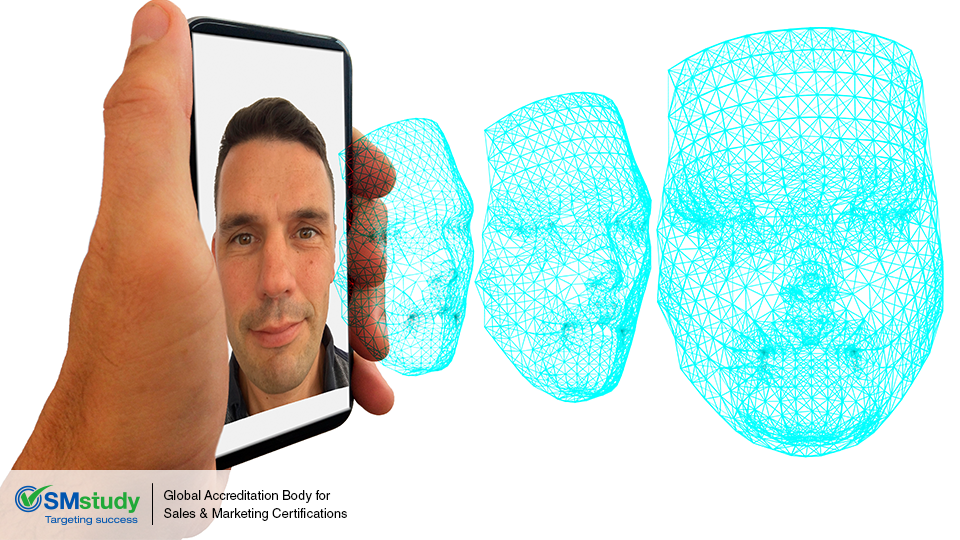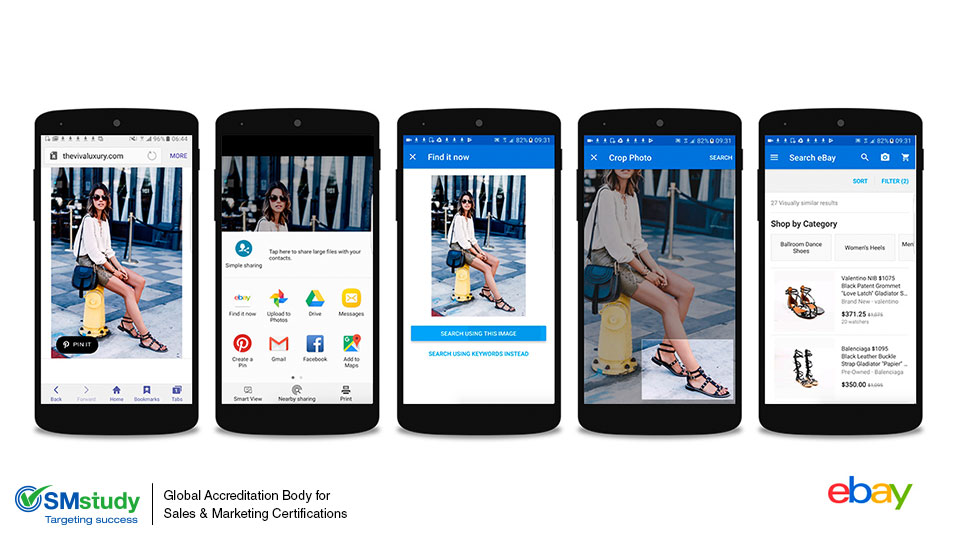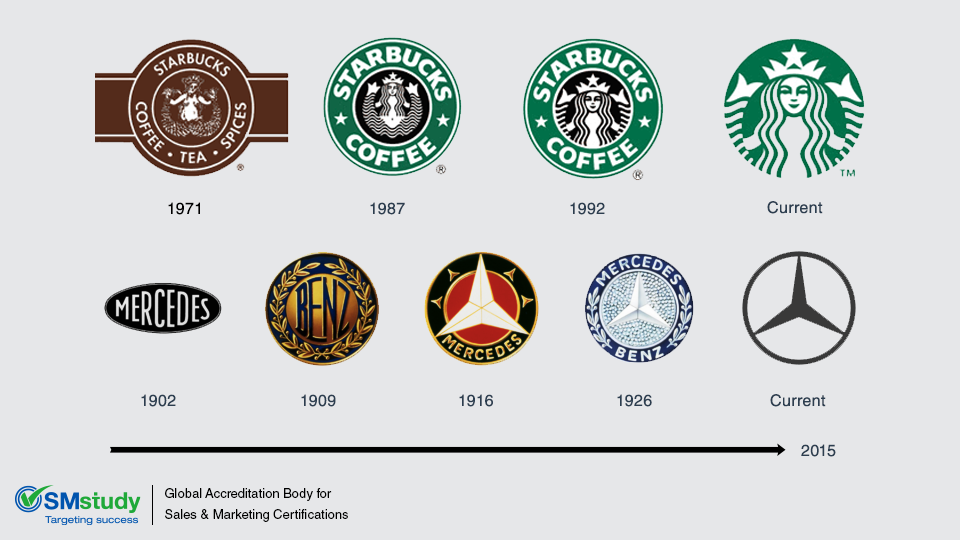After the latest iPhone X hitting the market, Face ID technology is the latest buzz in the market. According to Apple, iPhone X has the most sensitive camera with sensors that detect unique facial structures of users to unlock the device. The previous generation iPhones have thumbprints for unlocking the phone securely, but with Facial Recognition technology Apple has taken a bold step towards innovation and new technology.
The Face ID technology has some really interesting functions as well. The animojis in iPhone X replaced traditional emojis by animating them and reflecting the user’s facial expressions. The accuracy that these animojis have of the user’s expressions is commendable. And that marks the beginning of augmented reality in applications that uses facial expressions of the user.
Face ID technology is not something very new in the marketing world. Many brands have already attempted it in limited functions. In 2012, a children’s charity program called Plan UK used facial recognition posters that could say if you are a male or a female and later on create the poster accordingly. If any woman looked into it at Oxford Street, London, she would see Plan UK’s 40-second video clip covering all its activities. On the other hand, if a man comes in front of the poster it just drops a message asking them to visit the website. The purpose was to make men feel ‘excluded’!
Also, Virgin mobile had introduced a very short communicative ad back in 2013 that asked users to blink eyes so as to ‘click’ and proceed with the story, just like turning pages in a book. It also used to change the story based on the eye movement of the users.
There are few basic differences between the facial recognition attempts made in past and the ones being done in the recent times. Firstly, the Face ID technology has got much more sophisticated in terms of catching detailed expression on a user’s face. Secondly, the technology has now come into the hands of the users in form of mobile phones, unlike previously, when it was used in form of billboards or specific designated places only.
For more interesting articles log on to www.smstudy.com/articles







